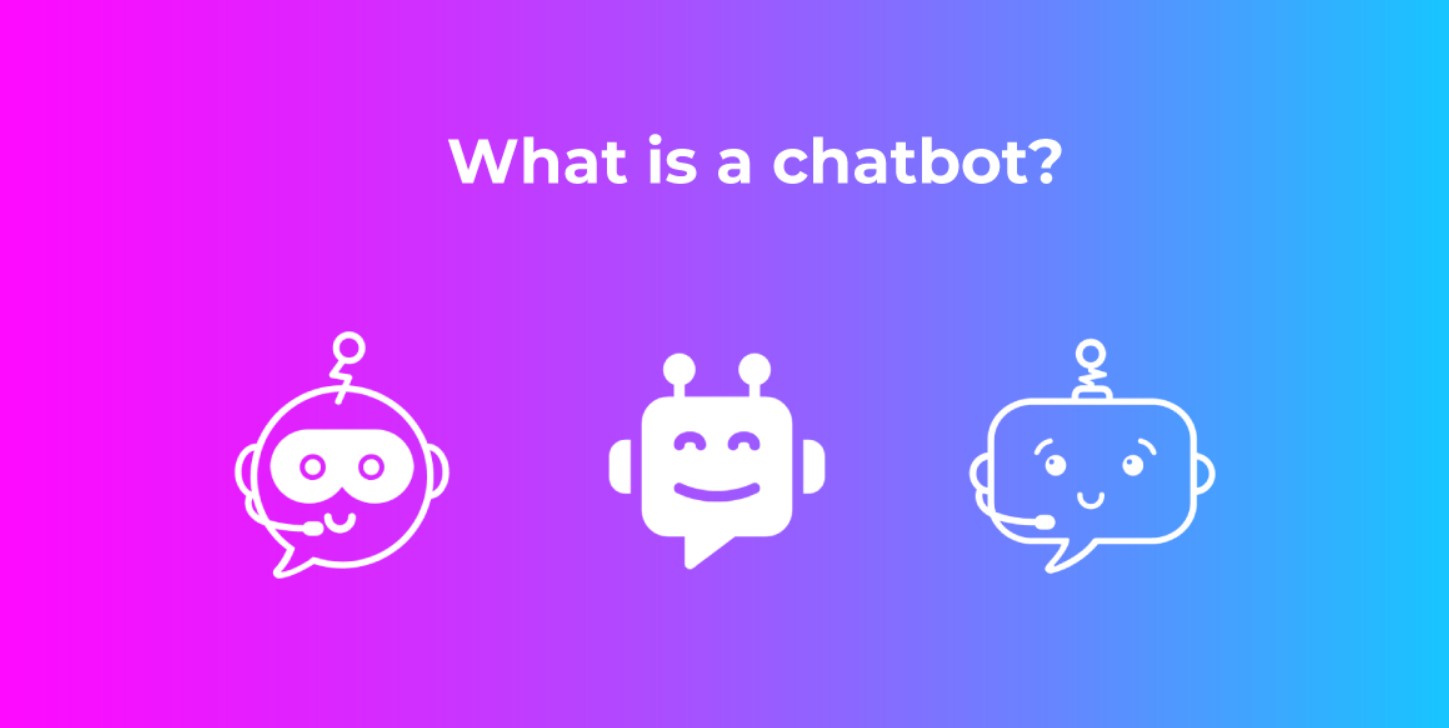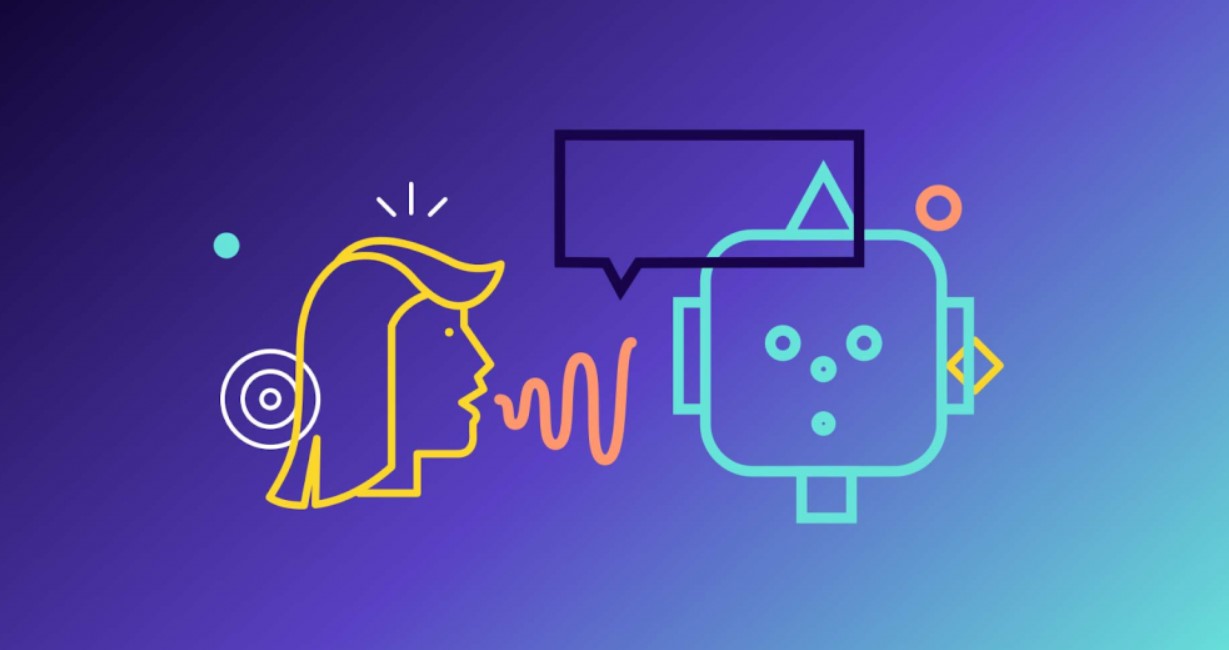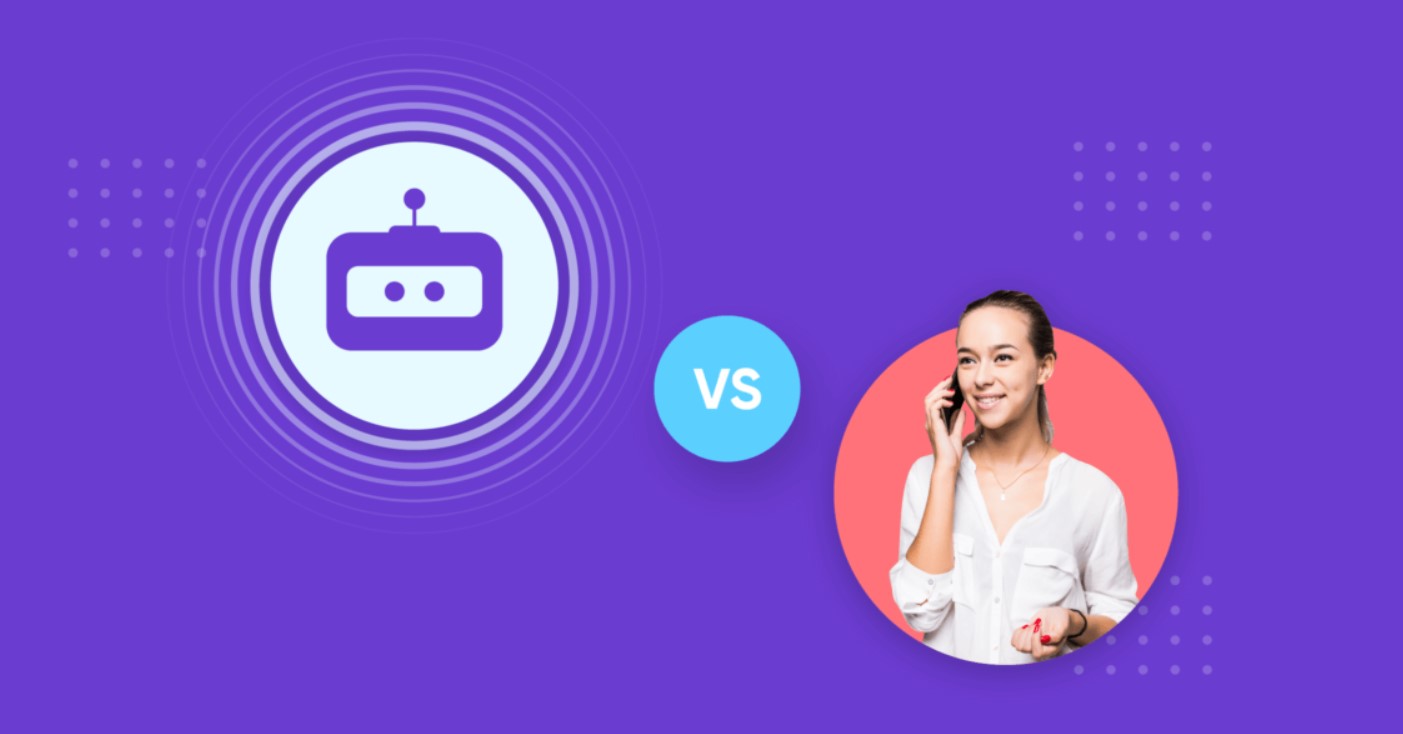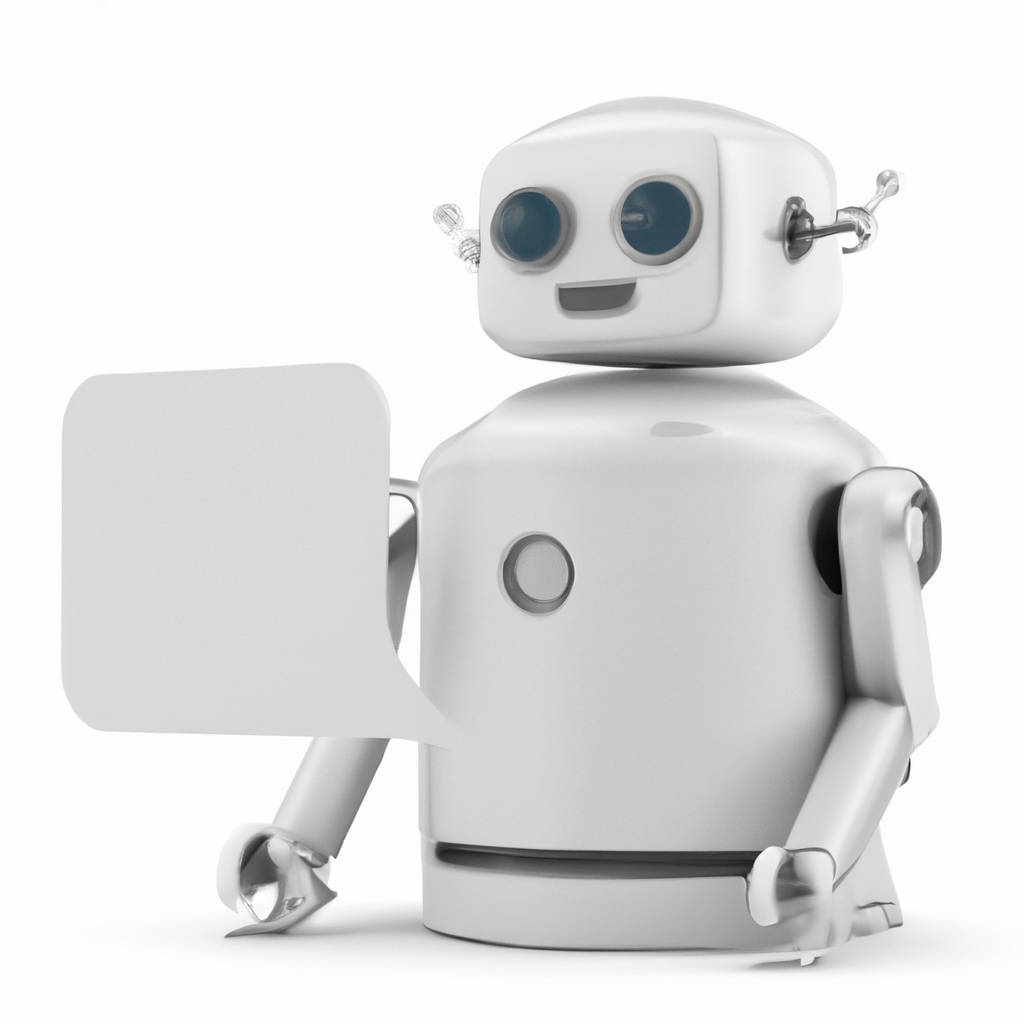A chatbot is a computer software designed to simulate human conversation through text chats or voice commands, or both. They are artificial intelligence (AI) systems that interact with users in a natural, typically conversational, way. These tools can be integrated into various platforms such as websites, applications, or instant messengers, and can perform a wide range of tasks such as answering customer inquiries, booking appointments, or providing weather updates. Chatbots are primarily used in customer service and support, but their uses are continually expanding across different industries.
Their efficiency, scalability, and the ability to offer personalized responses make them an integral part of the business landscape. By using machine learning and natural language processing, chatbots can understand and respond to complex user requests, making interactions quicker, smoother, and more productive. They can operate 24/7, ensuring that customer queries are addressed promptly at any time of the day. Furthermore, chatbots can handle multiple conversations simultaneously, making them a cost-effective solution compared to human agents.
They also offer businesses the opportunity to gather valuable data and insights about their customers, helping them to improve their products, services, and customer interaction strategies. However, there are also challenges associated with the use of chatbots.
These include the need for continuous training and updating to ensure they understand and respond accurately to user requests. Moreover, despite their increasing sophistication, chatbots are still unable to fully replicate the nuanced understanding and empathy of a human interlocutor, which can lead to customer frustration in some cases. Despite these challenges, the potential benefits of chatbots for businesses are enormous, and their use is expected to continue growing in the future.

Chatbot Basics
Chatbots, also known as Artificial Conversational Entities (ACE), are software applications that mimic human conversation, either spoken or written. They serve as an interface between humans and computers, allowing humans to communicate with computers in a natural, familiar way. These bots are typically used in dialog systems for a wide range of tasks, including customer service, information acquisition, and even entertainment. There are two primary types of chatbots: rule-based and self-learning bots. Rule-based bots are pre-programmed with specific responses to particular inputs, while self-learning bots use machine learning algorithms to understand and respond to a wider range of inputs.
Chatbots can be integrated into various platforms such as websites, mobile applications, and social media messaging platforms. They can answer simple queries, guide users through a process, or even conduct full conversations. Many businesses use chatbots for customer service due to their efficiency and availability around the clock. They can handle multiple queries simultaneously and provide instant responses, reducing waiting time for customers.
However, designing a chatbot requires careful planning and execution. The bot needs to be programmed to understand user input, which can be challenging given the nuances and variations in human language. It should also be able to provide accurate and relevant responses. Additionally, it is essential to ensure the chatbot’s personality aligns with the brand image, as the bot often serves as the first point of contact between the business and its customers.
Despite these challenges, chatbots are an important tool in the digital age. They can improve user experience, streamline operations, and provide valuable data insights. As artificial intelligence technology continues to evolve, chatbots are expected to become more sophisticated, offering even more potential benefits and applications.
Chatbot Mechanics
Chatbot mechanics refer to the underlying technology and systems that power chatbots, enabling them to interact with users in a seemingly natural and intuitive manner. The primary mechanisms in chatbot operation include Natural Language Processing (NLP), Machine Learning (ML), and Artificial Intelligence (AI). NLP allows chatbots to understand and process human language, while ML enables them to learn from past interactions and improve over time. AI is the broader technology that encompasses both NLP and ML, allowing the chatbot to simulate intelligent behavior.
Chatbots function by receiving a user’s input, processing this input through their NLP and AI systems, and then generating a suitable response. This response is then sent back to the user, completing the interaction. The complexity of a chatbot’s mechanics can vary significantly. Some are simple, rule-based systems that respond to specific commands, while others are sophisticated AI-driven entities capable of learning and adapting to user behavior. The potential applications of chatbot mechanics are vast, ranging from customer service to education to entertainment. Despite the apparent simplicity of their interactions, the mechanics that enable chatbots to function are complex and require considerable expertise in AI and related technologies to implement effectively.

Chatbot Origins and Evolution
Chatbot technology traces its origins back to the mid-twentieth century, with the creation of the first known chatbot, ELIZA, in 1966. Developed by MIT professor Joseph Weizenbaum, ELIZA was designed to mimic human conversation by using preprogrammed responses to interact with users. However, despite its pioneering status, ELIZA lacked genuine understanding and simply restructured users’ inputs into responses. The evolution of chatbots accelerated in the 21st century with the advent of machine learning and natural language processing technologies. This led to the development of more sophisticated chatbots such as ALICE (Artificial Linguistic Internet Computer Entity) and IBM’s Watson, capable of understanding and responding to user inputs in a more human-like manner. The integration of chatbots in various online platforms, especially social media and e-commerce websites, increased their accessibility and popularity among users.
Today, chatbots have become an integral part of customer service, providing immediate responses to customer inquiries and significantly improving customer engagement. Furthermore, with advancements in artificial intelligence, chatbots are becoming more intelligent and capable of conducting more complex conversations. They can now learn from past interactions, understand context, and even detect emotions. As chatbot technology continues to evolve, they are expected to become even more sophisticated and human-like, offering exciting possibilities for their application in various fields such as healthcare, education, and entertainment. However, this rapid evolution and integration into everyday life also raises important questions about privacy and data security, requiring careful consideration and appropriate measures by developers and users alike.
Chatbot Significance
Chatbots have garnered substantial significance in recent years, primarily due to their ability to transform customer engagement and service. These AI-powered tools enable businesses to provide immediate, personalized responses to customer inquiries, thereby enhancing customer satisfaction and loyalty. Due to their 24/7 availability, chatbots eliminate waiting times often associated with customer service, ensuring that customer needs are promptly met irrespective of the time of day.
Beyond customer service, chatbots also play an instrumental role in data collection and analysis. They can track user interactions and extract valuable insights, helping businesses understand customer behavior, preferences, and needs. This allows businesses to make informed strategic decisions, optimize their offerings, and ultimately, drive growth. Moreover, chatbots can significantly reduce operational costs as they automate repetitive tasks, freeing up time for human resources to focus on more complex tasks. Additionally, chatbots can be integrated across various digital platforms, providing a seamless omnichannel experience for customers.
This adaptability further underscores their significance in today’s digital age. In the future, as AI continues to evolve, chatbots are expected to become even more sophisticated and integral to business operations. Therefore, businesses must recognize the immense potential of chatbots and leverage them to stay competitive in the evolving digital landscape.

Chatbot Uses
Chatbots, often powered by artificial intelligence, have become an integral part of various industries, offering a diverse range of uses. In the realm of customer service, they are employed to manage inquiries, resolve complaints, and provide information, thereby enhancing user experience while reducing the burden on human resources. Retail and e-commerce businesses utilize chatbots for product recommendations based on user preferences and past purchases, thereby driving sales and boosting customer engagement.
In the healthcare sector, they play a pivotal role in scheduling appointments, disseminating health information, and even assessing symptoms for preliminary diagnosis. They are also used in education for personalized learning, where they provide resources, answer queries, and assist in homework, facilitating a more interactive learning environment. Additionally, companies utilize these virtual assistants for internal communication and task management, streamlining operations and boosting productivity. In the realm of finance, chatbots are employed for tasks like checking account balances, tracking spending, and even making transactions.
Furthermore, they are used in entertainment and gaming, providing a more immersive and interactive experience for users. Despite the concerns about privacy and data security, the benefits of chatbots are undeniable, and with continuous advancements in AI, their capabilities continue to expand, making them a promising tool in almost every field.
Chatbots, AI, Virtual Agents
Chatbots, Artificial Intelligence (AI), and Virtual Agents are reshaping the technological landscape, providing businesses and consumers with a more automated and efficient way to interact. Chatbots, which are automated software programs designed to converse with humans in their natural languages, are typically used in dialog systems for various purposes such as customer service or information acquisition. They can be found on different platforms like websites, applications, and social media, offering 24/7 customer support, streamlining communication, and improving customer engagement.
AI, on the other hand, is a broader concept that involves machines or software displaying cognitive abilities similar to humans. This includes learning, reasoning, problem-solving, perception, and language understanding. AI plays a significant role in honing the capabilities of chatbots, making them more intelligent and responsive. The integration of AI in chatbots enables them to learn from past interactions, understand context, and provide more accurate responses, making them an indispensable tool in numerous industries such as healthcare, finance, and retail.
Virtual Agents, also powered by AI, are a more advanced form of chatbots. They can understand and respond to voice commands and handle more complex tasks. Virtual Agents can assist in scheduling meetings, setting reminders, answering questions, and even carrying out tasks like online shopping or booking a cab. They are commonly found in smartphones, smart speakers, and other IoT devices. The evolution of chatbots, AI, and Virtual Agents has significantly transformed human-machine interaction, paving the way for a more technologically advanced and automated future. The potential of these technologies is immense, and their continuous advancements promise an era where human-like interaction with machines becomes commonplace. However, their implementation also raises important considerations regarding data security, privacy, and ethical use.

Enhancing Service with Chatbots
Chatbots are revolutionizing the way businesses provide customer service. These AI-based software tools are designed to automate interactions with clients, providing immediate responses and assisting with various tasks such as providing product information, booking appointments, and handling complaints. This automation feature allows customer service departments to operate 24/7 without human intervention, offering convenience to clients across different time zones. Furthermore, chatbots significantly reduce the waiting time for customers, as they can simultaneously handle numerous inquiries, unlike human agents.
Additionally, chatbots can be programmed to deliver personalized experiences based on a customer’s previous interactions or buying behavior, fostering a stronger customer-brand relationship. They can also collect and analyze customer data, providing valuable insights that can help businesses improve their services and strategies. In terms of cost-effectiveness, chatbots are an excellent investment as they reduce the need for large customer service teams, resulting in significant cost savings.
However, it’s crucial to note that the success of chatbot implementation heavily relies on its design and programming. A poorly designed chatbot may frustrate customers, leading to a negative customer experience. Therefore, businesses must invest in high-quality chatbots that can understand and respond accurately to customer queries. As technology continues to advance, chatbots are expected to become even more sophisticated, capable of handling more complex tasks and delivering an enhanced customer service experience.
Chatbot Guidelines
Chatbot guidelines refer to the set of rules and recommendations that are designed to ensure effective and ethical use of chatbots. These guidelines are crucial in dictating how chatbots interact with users, providing a framework that ensures respect for user privacy, data security, and communication etiquette. They encompass various aspects such as the design, development, and deployment of chatbots. For instance, they guide developers on creating chatbots that offer clear, concise, and accurate responses. They also direct the type of language and tone a chatbot uses to communicate with users, ensuring it is appropriate, respectful, and non-offensive.
Moreover, chatbot guidelines regulate the collection, storage, and use of user data. They mandate transparency, requiring chatbot operators to inform users about data collection practices and secure explicit consent before collecting any personal information. The guidelines also require chatbot developers to implement robust security measures to protect user data from breaches and unauthorized access.
Another critical aspect of chatbot guidelines is the requirement for disclosure. Chatbots must always identify themselves as such, allowing users to know they are interacting with a machine and not a human. This fosters honesty and trust between users and the technology.
In addition, chatbot guidelines also call for the adoption of user-friendly interfaces and easy-to-use navigation to improve user experience. They advocate for the inclusion of human oversight where necessary, particularly in instances where the chatbot might require human intervention to address complex queries or issues.
Adherence to these guidelines is essential for the successful integration and acceptance of chatbots into daily systems and processes. By following these guidelines, organizations can create chatbots that not only provide efficient customer service but also respect user rights and foster trust.

Crafting Chatbots
Crafting chatbots is an intricate and dynamic process that involves multiple aspects of artificial intelligence, machine learning, and language processing. These virtual assistants have been revolutionizing customer service, promoting efficiency and enhancing user experience in various industries. Creating a chatbot requires a deep understanding of the target audience’s needs and preferences, which are then integrated into its design to ensure it can accurately interpret and respond to user queries.
The construction of a chatbot also involves programming it with a vast array of potential conversation paths and responses, which are developed based on the most likely ways users will interact with it. However, beyond the technical aspects, crafting chatbots also demands a sense of creativity. The interface needs to be engaging and user-friendly, with the goal of making interactions seamless and natural. The language and tone used by the chatbot should also reflect the brand’s identity and resonate with its audience. To ensure the chatbot is effective, testing and refining its performance is crucial. This involves consistently monitoring its interactions and using the gathered data to improve its responses and functionality. As technology continues to evolve, so does the sophistication and capabilities of chatbots, making the craft of creating them a continually evolving and exciting field.
Tomorrow’s Chatbots
Tomorrow’s chatbots are poised to revolutionize the way we interact with technology, bringing a level of sophistication and personalization that far surpasses what we see today. These advanced AI-powered tools will be capable of understanding complex human language, emotions, and nuances, enabling them to not only respond to our queries, but also predict our needs and provide proactive assistance. They will be omnipresent, embedded in our devices, appliances, apps, and even our cars, effectively transforming them into intelligent personal assistants.
Tomorrow’s chatbots will be highly intuitive, capable of learning from each interaction to improve their performance, making them more conversational and less robotic. They will be equipped with advanced machine learning algorithms that allow them to understand context, adapt to individual user preferences, and even engage in meaningful conversations. With cutting-edge natural language processing capabilities, they will be able to understand and respond to voice commands in a multitude of languages, dialects, and accents, breaking down language barriers and making digital technology more accessible to a broader audience.
Beyond their technical prowess, future chatbots will also play a key role in shaping the customer experience. They will be the first point of contact for many businesses, providing 24/7 customer support, handling inquiries, providing product recommendations, and even facilitating transactions. Their ability to provide instant, personalized responses will not only increase efficiency but also enhance customer satisfaction and loyalty.
However, the rise of these advanced chatbots also brings challenges. Issues around privacy and security will need to be addressed, as these bots will have access to vast amounts of personal data. Also, as they become more human-like in their interactions, ethical considerations regarding their use will arise.
Despite these challenges, it is clear that chatbots are the future of human-computer interaction. They represent a major leap forward in AI technology, with the potential to transform our lives in countless ways. As we move towards this future, it is crucial to navigate the balance between harnessing their potential benefits and addressing the associated risks.
